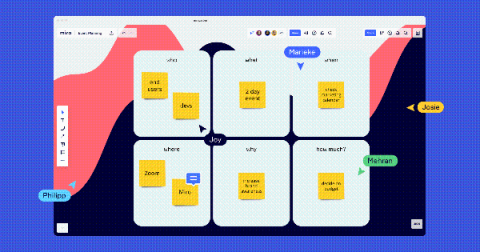Teams | Collaboration | Customer Service | Project Management
May 2021
Time Doctor - Helping You Live and Work from Anywhere You Want
6 Things You Can Do Right Now to Make Your Remote Team More Productive
Remote work has existed for decades as an alternative to the traditional in-office work environment. When it first became a viable option—people have been working remotely since the dawn of email in 1971 and before via telephone—distributed work was often met with trepidation by companies and employees alike. In recent years, however, working remotely, “working from home,” and other similar terms have become commonplace.
Ultimate guide to recruiting remote staff
Remote working has become increasingly popular for businesses across a host of industries, and it offers numerous benefits not just for employers but also for staff. The rise in collaborative technology has made it easier than ever to work as part of a team from any location in the world. In our ultimate guide to remote recruitment, we’ll cover the characteristics and skills that remote employees should have, how to hire remote candidates, and tools that remote teams can benefit from.
How to Stay Engaged While Working Remotely: 15 tips from Chanty's team
How to Create a Remote Work Plan (Plus Free Sample Template)
Working remotely has become the new normal because of the COVID-19 pandemic. With so many employees working from home, team managers need a remote work plan or policy to ensure that their employees stay productive. But how do you create an effective remote work plan? In this article, we’ll tell you how to build a remote work plan and what to include in it. We’ll also share a free downloadable remote work plan template to help you get started.
Supporting Remote Workers During a Pandemic
Working from home is no longer an option but a necessity. Millions of Americans are now part of this "work from home" experiment triggered by Covid-19. There may be no turning back as employees and businesses choose this new emerging model. Remote workers are likely here to stay. According to a Gartner 2020 survey, 82% of business leaders surveyed plan to allow their employees to work remotely for part of the time and half of them intend to allow their employees to work remotely in the future.
15 Best Remote Work Software And Apps In 2021
Although remote working has been on the rise in recent years, it experienced unprecedented growth due to the COVID-19 pandemic. The sudden shift had people worldwide straining themselves to adapt to this new work environment. Businesses faced multiple challenges to keep up with the change and move online to continue functioning. Thankfully, with the right remote work software, you can adapt to this shift with ease.
A new era: 3 tips for delivering unique value with virtual events
Over the past year, teams around the world sought new ways to collaborate, engage, and connect. Most of us have been trying to figure out how to translate the mainstays of our company’s in-person collaboration and planning — kickoffs, offsites, training, brainstorming — into virtual events. Underlying this process is the assumption that a virtual experience is less valuable, that it’s missing something that only in-person events can offer. But maybe that’s not true.









